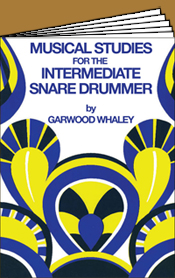
In 1941, the Museum hired Emanuel Winternitz, a Viennese scholar, to be a fulltime caretaker for the collection. He also advised The Met about the care, restoration, and performance use of the collection. Regarded as one of the founders of the modern field of organology-the study of musical instruments- Sachs taught at NYU and worked for the New York Public Library. In the 1930s, the eminent German musicologist Curt Sachs came to New York to escape Nazi Germany. After Morris left the Museum in 1929, the musical instrument galleries were closed to the public. One of the first women employed at the Museum, she was in charge of the daily operations of the collection, as well as publishing articles, giving tours, and presenting public lectures and broadcasts. Beginning as a part-time employee in 1896, Morris eventually became a full-time curator in charge of the entire collection. To care for this growing collection, Brown insisted that the Museum hire her personal assistant, Frances Morris. By the time of her death in 1918, the Museum was home to more than 3,600 instruments that represented cultures from across the globe and throughout human history. Over the next three decades, she built one of the most important collections found anywhere in the world. In 1889, Mary Elizabeth Adams Brown gave a collection of more than 270 instruments with the provision that she be allowed to continue to collect for the Museum. Museum trustee Joseph Drexel later donated forty-four mostly European instruments, and personally installed them himself, in 1885.

The Luigi Palma di Cesnola collection of antiquities included many ancient instruments when it entered the Museum in 1880. The Metropolitan Museum of Art has included musical instruments in its collection since soon after it was founded.


 0 kommentar(er)
0 kommentar(er)
